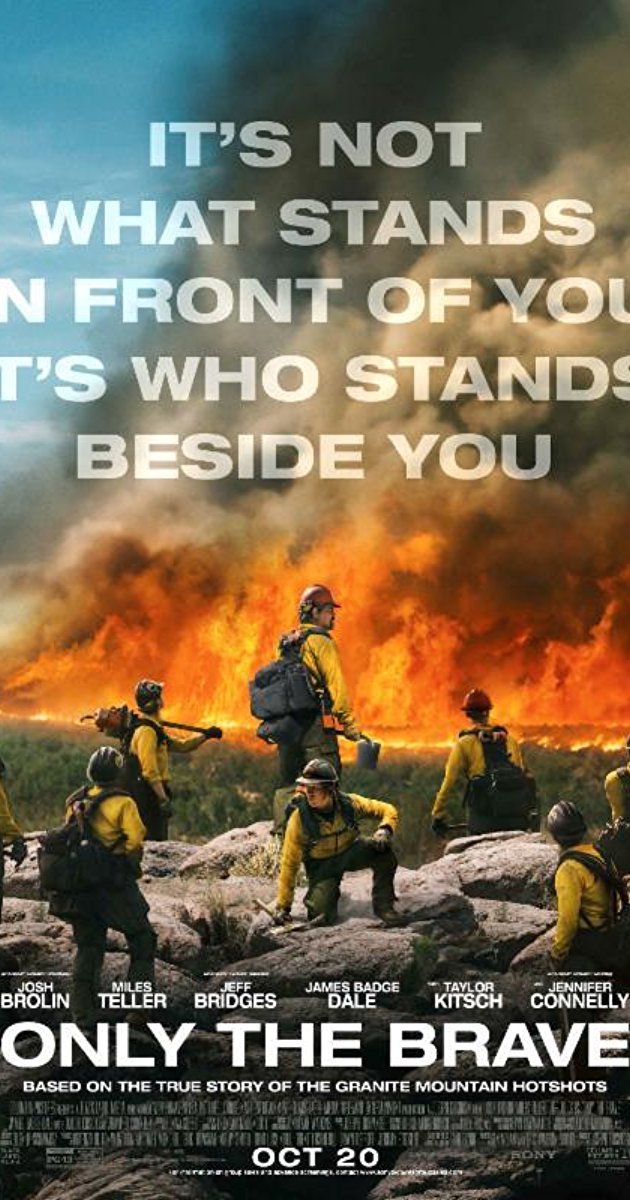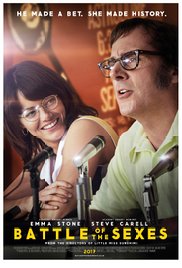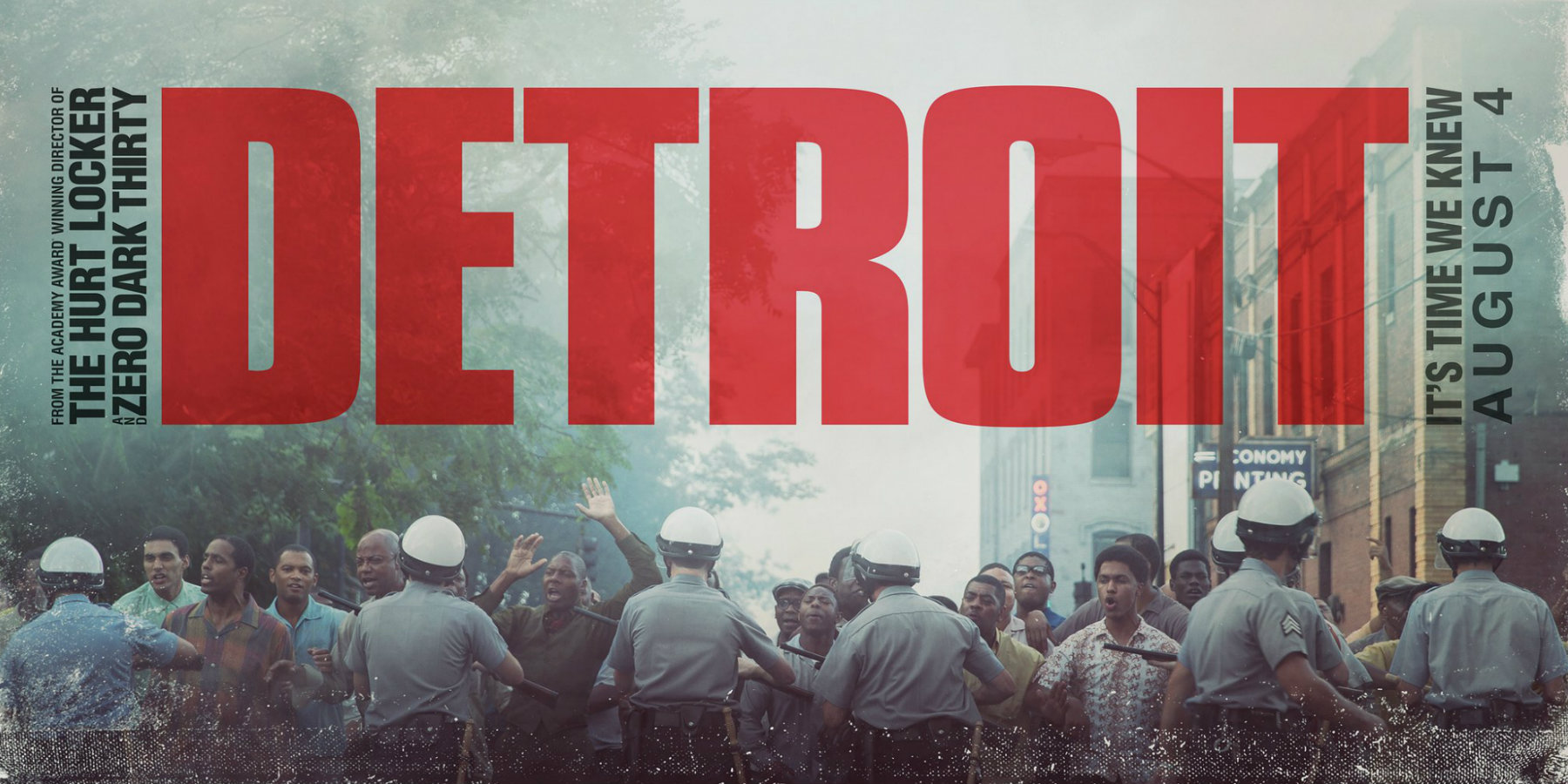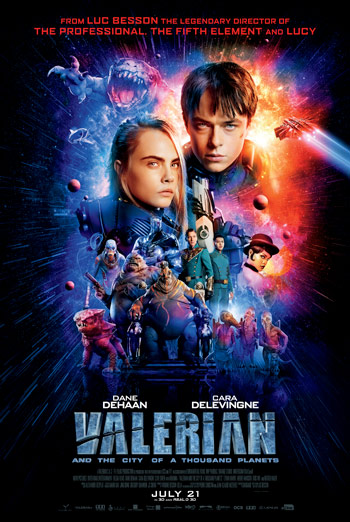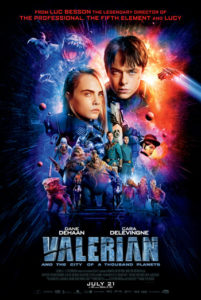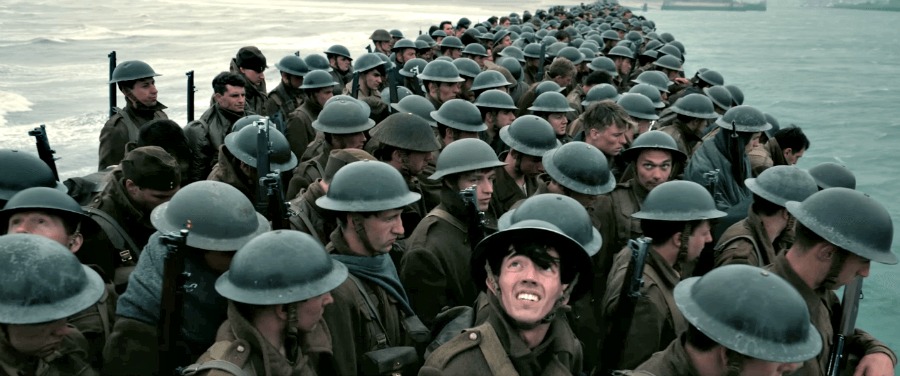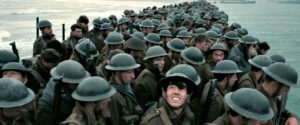Only the Brave
Posted on October 19, 2017 at 5:19 pm
B| Lowest Recommended Age: | High School |
| MPAA Rating: | Rated PG-13 for thematic content, some sexual references, language and drug material |
| Profanity: | Some strong and crude language |
| Alcohol/ Drugs: | Drinking, drugs, substance abuse |
| Violence/ Scariness: | Extended peril and violence, many characters killed, snake bite |
| Diversity Issues: | None |
| Date Released to Theaters: | October 20, 2017 |
| Date Released to DVD: | February 5, 2018 |
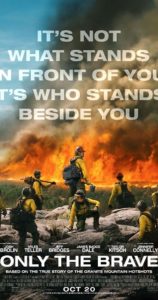
They literally fight fire with fire. Unlike “structure fires,” burning buildings doused with water, wildfires in non-residential areas are contained by setting a line of fire to stop them from spreading. Sometimes it does not work. “Only the Brave” is the story of the Granite Mountain hotshots, the “alpha” team of 19 Arizona firefighters who were killed in 2013. Like “The Perfect Storm,” this is a real-life story that spends three-quarters of its time making us love the characters and then heart-wrenchingly shows us how painful it was to lose them.
Josh Brolin, who has spent some real-life time as a firefighter, plays Eric, the leader of the group that, as the movie begins, is the second team, not allowed to set the fires on “the line.” “You guys are type two and we’re hotshots so why don’t you do what deucers do best, which is stay in the back and mop up our ?” sneers the leader of the alpha team. Eric and his group want very much to be certified as alphas and they train hard, the more experienced members of the team as the newcomer, Brandon (Miles Teller), good-naturedly dubbed “Donut” by the team for his zero score when quizzed on the rulebook.
“It’s not easy sharing a man with a fire,” a wife explains. The same qualities that make these men (they are all men) good at what they do can make it difficult for them to be the good husbands and fathers they strive to be. For Brandon, the discipline and support of the team makes it possible for him to stay away from his past life of slacking and substance abuse. But for some of the others, the intensity of the fire fighting experience is something of an addiction and it is difficult for them to go back to normal life with their families, who can never really understand what they face and what they do.
The moments of struggle are touching, as Brandon’s discovery that he is going to be a father inspires him to change his life and Eric’s wife Amanda (Jennifer Connelly) tries to stay close to a husband who is not ready to share what he has been through. The movie’s greatest strength is in its presentation of the music of man-talk, indirect, mock-aggressive, often crude, but always in service of the most profound commitment and loyalty. For a moment, we get to be a part of that group of hotshots, and it is piercingly sad to lose them.
Parents should know that this is the true story of firefighters with a lot of peril and many sad deaths, some strong language, sexual references (some crude) and situations, pregnancy, drinking, and some drug use and references to substance abuse.
Family discussion: What qualities does someone have to have to be a hotshot? Why didn’t Brendan want painkillers at the hospital?
If you like this, try: “The Perfect Storm,” “Backdraft,” and “Ladder 49″

